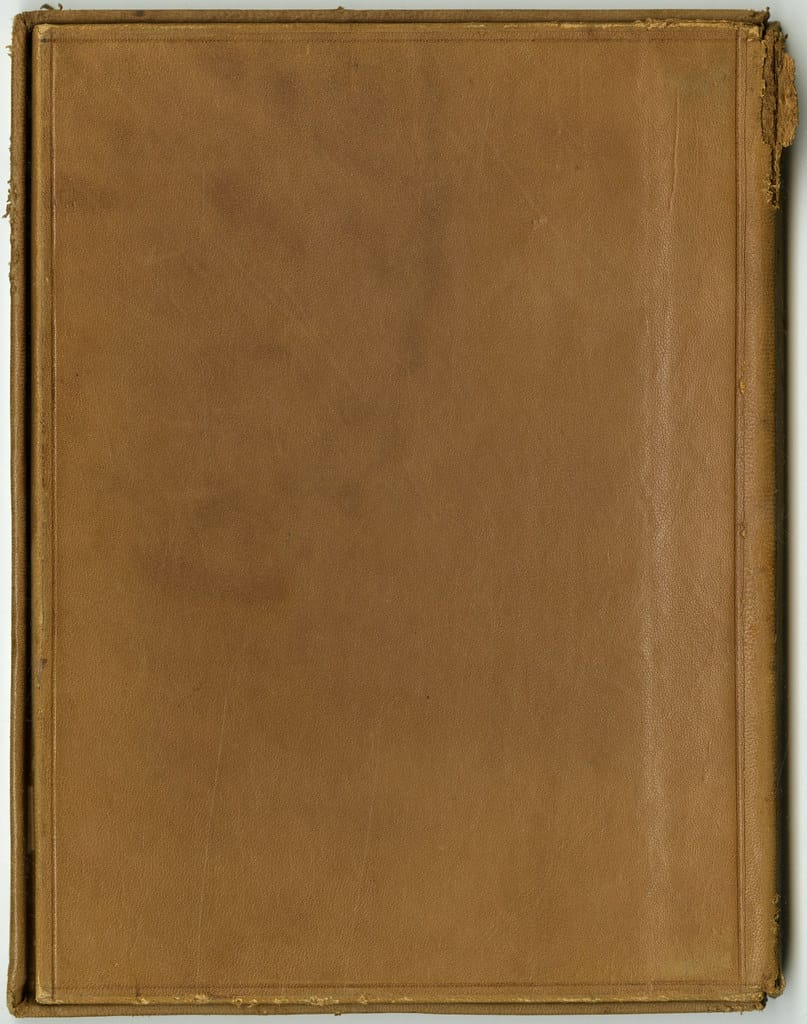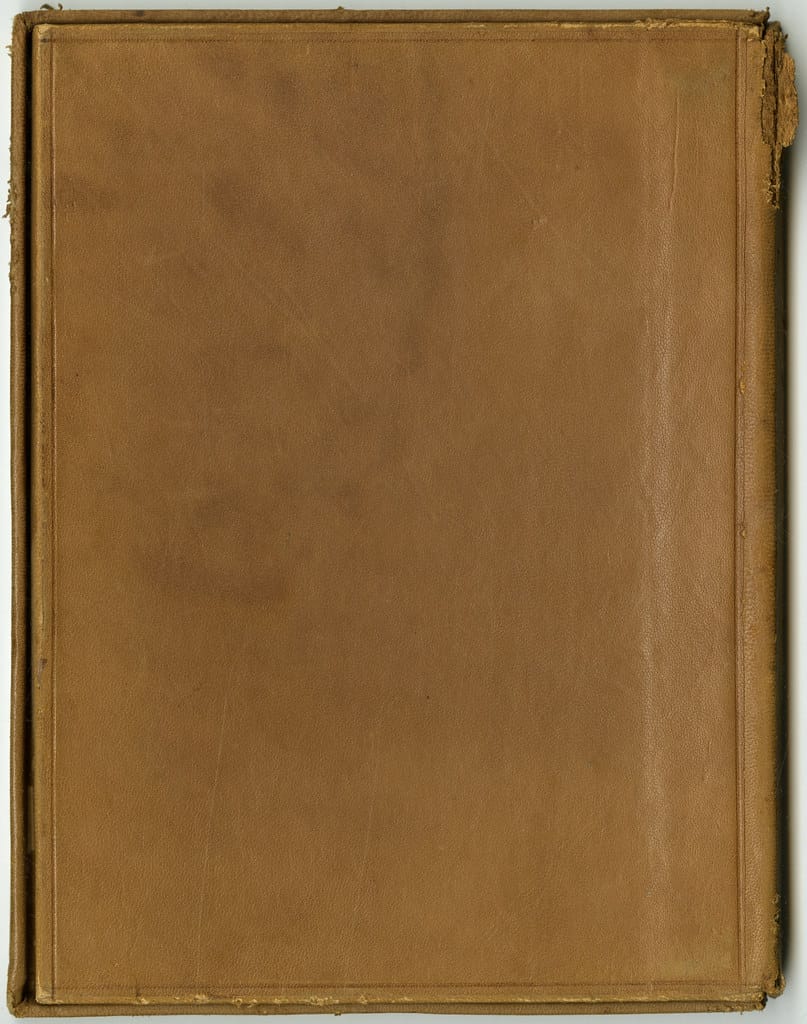Australia's Digital Showdown: YouTube Pushes Back Against Landmark Under-16 Social Media Ban
Australia's groundbreaking legislation to ban social media access for children under 16 has ignited a fierce battle with tech giants, with YouTube emerging as the most vocal opponent of the world's strictest digital age restrictions. The confrontation highlights the complex challenge of protecting young users while preserving digital freedoms in an increasingly connected world.
The Legislation That Shook Silicon Valley
In November 2024, Australia's Parliament passed the Online Safety Amendment (Social Media Minimum Age) Act, making it the first country to implement a blanket ban on social media access for children under 16. The legislation, which takes effect in late 2025, requires platforms to implement "reasonable steps" to prevent underage access or face fines of up to AU$49.5 million (approximately $32 million USD).
The law covers major platforms including TikTok, Instagram, Snapchat, Facebook, X (formerly Twitter), and notably, YouTube. Educational platforms, messaging services, and gaming platforms are exempt from the restrictions.
YouTube's Fierce Resistance
YouTube has emerged as the most aggressive challenger to Australia's approach, arguing that the platform serves essential educational and creative purposes that distinguish it from traditional social media. In a strongly-worded submission to Australian regulators, YouTube contended that the ban would deny young Australians access to educational content, tutorials, and creative inspiration.
"YouTube is fundamentally different from other social platforms," the company stated in its regulatory filing. "It's a place where young people learn new skills, explore their interests, and access educational content that supports their development."
The Google-owned platform pointed to statistics showing that 93% of young Australians use YouTube primarily for educational purposes, including homework help, learning musical instruments, and accessing content that supports their academic studies.
The Regulator's Firm Response
Australia's eSafety Commissioner, Julie Inman Grant, dismissed YouTube's arguments as self-serving and emphasized the platform's social networking features. The regulator highlighted YouTube's comment sections, community posts, live streaming capabilities, and direct messaging features as evidence of its social media nature.
"The attempt to rebrand YouTube as purely educational ignores the reality of how young people actually use the platform," Inman Grant stated during a recent parliamentary hearing. "The same features that make it engaging also create the same risks we see across all social media platforms."
The eSafety office cited data showing that 67% of Australian children aged 8-12 have encountered inappropriate content on YouTube, while 43% reported experiencing cyberbullying through the platform's interactive features.
Technical Implementation Challenges
The dispute extends beyond definitions to practical enforcement mechanisms. Australia's legislation requires platforms to use age verification technology, but YouTube argues that current methods are either privacy-invasive or easily circumvented.
The company has proposed alternative solutions, including enhanced parental controls and restricted modes for younger users, rather than outright bans. However, regulators remain skeptical of self-regulation approaches, pointing to previous failures in protecting children online.
Industry experts estimate that platforms will likely implement a combination of age verification methods, including:
- Government ID verification for new accounts
- Credit card verification for age confirmation
- Biometric age estimation technology
- Device-based parental controls
Global Implications and Industry Response
Australia's legislation has sparked international attention, with several countries considering similar measures. The UK has indicated interest in age verification requirements, while the EU is examining Australia's approach as part of its Digital Services Act implementation.
Other tech giants have adopted more measured responses. Meta (Facebook and Instagram) has expressed concerns but committed to working with Australian authorities. TikTok has similarly indicated willingness to comply while seeking clarification on implementation details.
The Path Forward
As the 2025 implementation date approaches, the standoff between YouTube and Australian regulators represents a pivotal moment in global digital policy. The outcome will likely influence how other nations approach child safety online and could reshape the relationship between governments and tech platforms worldwide.
The legislation represents Australia's determination to prioritize child safety over platform profits, setting a precedent that other nations are watching closely. For YouTube and other platforms, the choice is clear: adapt to Australia's requirements or risk losing access to one of the world's most digitally engaged populations.
The ultimate test will be whether Australia's approach successfully protects children while preserving the legitimate benefits of digital platforms—a balance that will define the future of online safety regulation globally.

